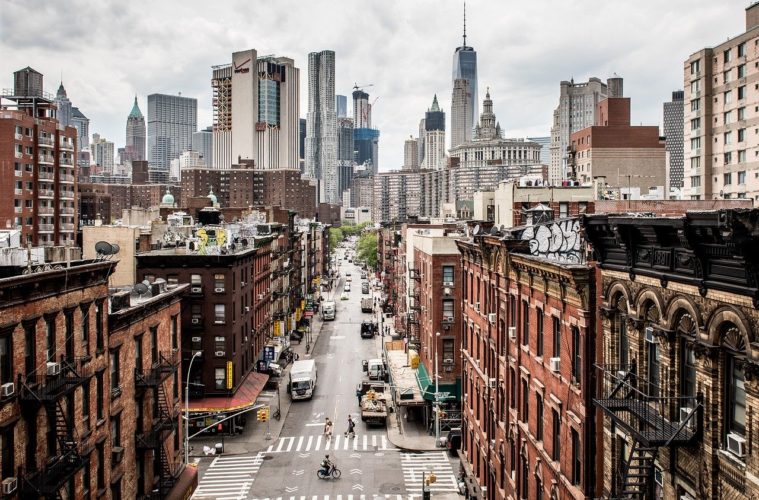Studying in the United States is an appealing idea for would-be undergraduates or those hoping to study a Master’s or PhD. Not only do you get a qualification at a prestigious university, you also get to experience living in a different country and immerse yourself in its culture. And with just under 1.1 million international students in the 2018/19 academic year – an 0.05% increase from the previous year – it’s clear that studying abroad in the US is increasingly popular.
However, due to the coronavirus pandemic and President Trump’s ban on immigration on 22nd April, applying to study in the US has become more challenging. The ban is expected to be reviewed at the end of June, but it has been suggested that Optional Practical Training (OPT) – which allows international students to work in the US in a field related to their studies – could be an additional target for the Trump administration.
So how do these restrictions affect you if you’re planning to study in the US? Here we give you the lowdown on applying for a student visa in 2020.
What kind of visa will you need?
Everyone who wishes to enter the United States needs a visa. Most students – those studying at university, college or high school – will need an F visa, whereas anyone wishing to study a vocational course or at a non-academic institution will require an M visa.
How to apply
Before you apply for a visa, you must have secured a place in an SEVP-approved (Student and Exchange Visitor Program) school. Once you have been offered a place, you’ll be registered for the Student and Exchange Visitor Information System (SEVIS) and you’ll have to pay a $200 fee. Once you’ve paid this fee, the school will issue you with a Form I-20, which you will need in order to apply for your student visa.
You will then need to complete the Nonimmigrant Visa Application (Form DS0160) online before contacting the US embassy or consulate in your home country to arrange an interview appointment. You will also need to pay an application fee of around $160 before your interview.
Preparation is key
At your interview, you should be prepared to be asked about, and provide proof of, how you intend to pay for your living, travel and educational costs in the US; any diplomas, certificates or results from schools you’ve previously attended; as well as a letter of intent to leave the US after your study is completed. Foreign students in the US must depart within 60 days of their study or OTP coming to an end. It’s important to remember that this is an interview and your application could be denied, so prepare as best you can for it, and don’t book any travel until your visa has been granted. Applying for a visa can be a daunting process and with so many things to think about, you might consider consulting the expertise of immigration lawyers to help you navigate the process.
How has the pandemic has changed the application process?
Traditionally, I-20 forms have been sent by mail, but this year, for the first time ever they are being sent digitally, so you won’t have to wait as long for it to arrive. However, due to lockdown restrictions you may have difficulty scheduling an interview at your home country embassy or consulate. Some embassies are now starting to reopen in cities such as Toronto and Tokyo, while the US embassy in Beijing is now scheduling visa interviews for July. While this is promising news, bear in mind that social distancing measures may mean that there are fewer interview slots available per day, which could slow things down further for you. However, as the autumn semester in the US is likely to be delayed or held online, the timeframe may not be as tight as you think. Current appointment wait times are listed on the Bureau of Consular Affairs website.
Once you have your visa secured, all that’s left to do is organise your travel and accommodation and enjoy your studying overseas experience!





